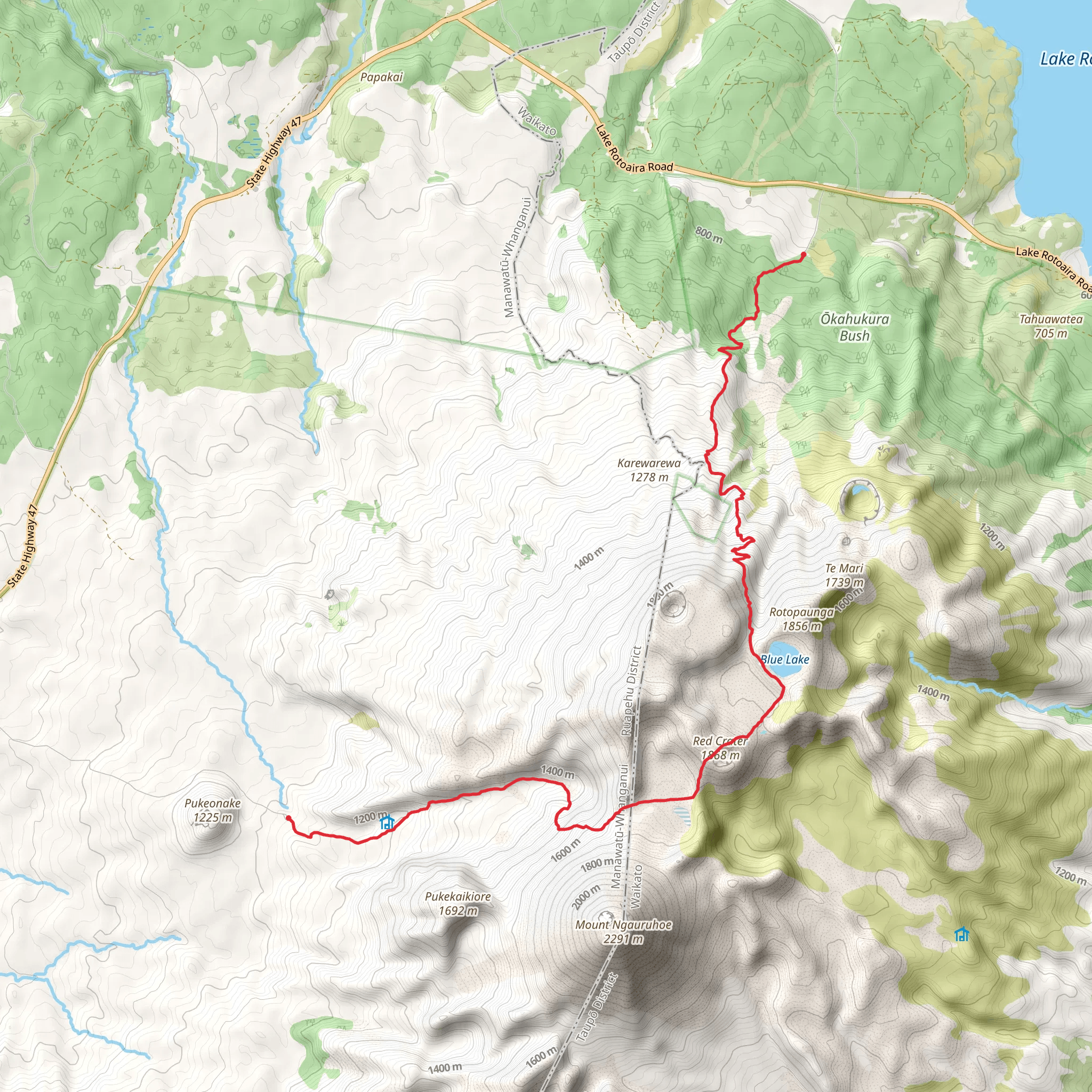Download
Preview
Add to list
More
Trail length
20.4 km
Time
~2 days
Elevation Gain
760 m
Hike Type
Multi-Day
The Tongariro Alpine Crossing is a 20.4 km trail that starts in Tongariro National Park, Ruapehu, New Zealand. Based on our data, the hike is graded as Difficult. For information on how we grade trails, please read measuring the difficulty of a hiking trail on hiiker. Also, check our latest community posts for trail updates. This hike can be completed in approx 5 hrs 21 mins. Caution is advised on trail times as this depends on multiple variables. For more info read about how we calculate hike time.
What to expect?
coastal
Comments and Reviews
User comments, reviews and discussions about the Tongariro Alpine Crossing, New Zealand.
4.57
average rating out of 5
7 rating(s)

